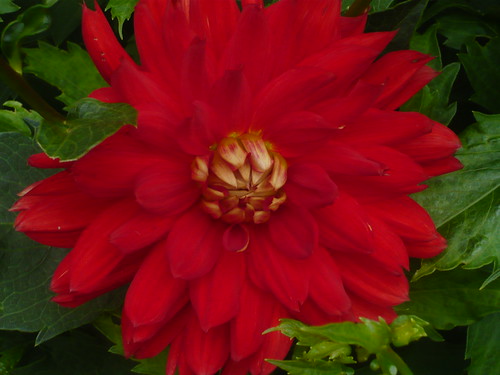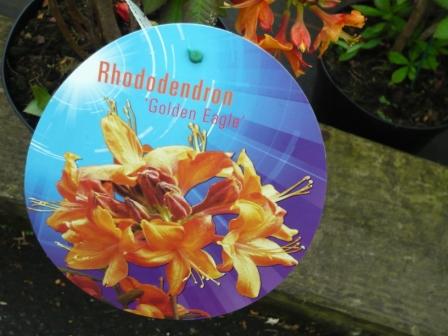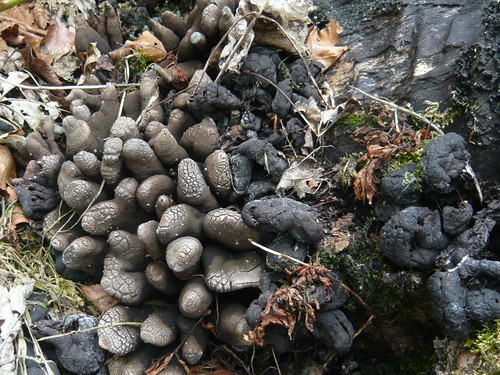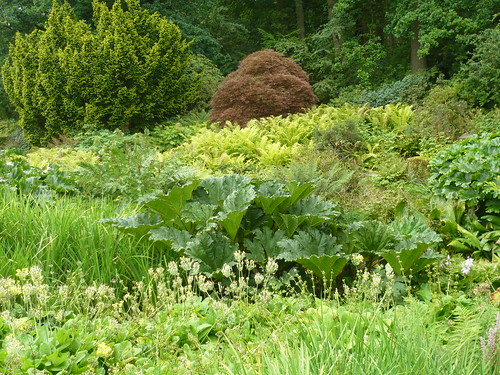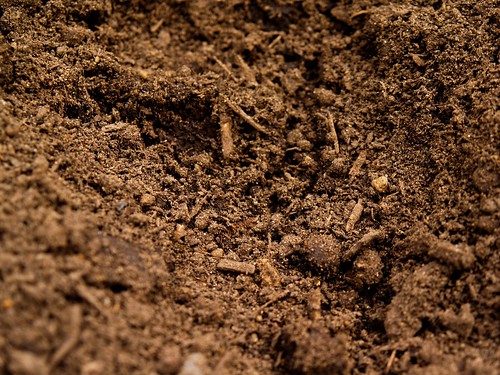
There are potentially as many soils as there are gardens but they can be classified into five types.
Heavy Clay Soil
Minute particles of clay stick together in a gluey mess when wet and go rock hard when dry.
Often clay soil is very fertile. Clay soils can be improved with drainage, coarse grit, or the addition of coarse organic matter as humus.
Sandy Soil
Sand particles are much larger than clay making sandy soil free draining, light and quick to warm up in spring. Nutrients wash through quickly and watering and feeding of plants is needed. Sandy soil can be improved with the addition of humus.
Lime free Soil
Peaty or dark lime free soils are generally rich in organic matter. Acid in nature, below ph7.0, they tend to be moisture retentive and suit acid loving plants. In extremes they may be hard to re-wet if they dry out too much. Perennial plant selection
Alkaline Soil
Limey soils are often pale, shallow and stoney. They are free draining and quick to warm up in the sunshine. Moderately fertile they benefit from the addition of organic matter.
Average Soil
The dream of every gardener and found when soil has been well cultivated and enhanced for many seasons. Local conditions make a fixed definition hard but reasonable drainage and neutral to slightly acid soil makes for an average soil that is suitable for the majority of plants.
Soil Tips
Consider your own soil by looking at the colour, feeling the texture and observing the plants that grow best in yours or local soils.
Avoid boggy soil that will not drain as plants need air at their roots or they rot or drown. Airless soil also attracts moss.
Impoverished soils have the nutrients leached out with water or taken by earlier crops. Add back humus as well as general NPK fertilisers.
One spadeful of soil will be teaming with 1000’s of life forms
Credits
Soil Color and Quality by elvisripley CC BY-NC 2.0


